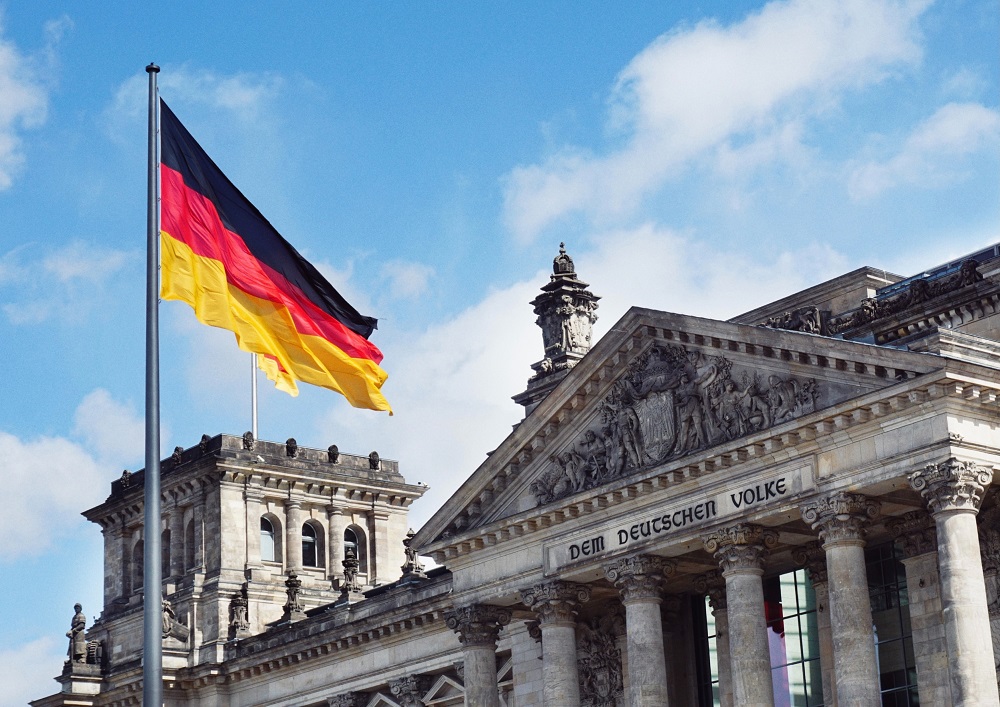Despite an energy crisis at home, Germany exported more power to its neighbors in 2022 than it imported, mainly to an increase in weather-driven renewable generation and higher demand from France.
Germany’s primary export markets were Switzerland and Austria. But, in a remarkable shift, Germany as the nuclear-dependent nation sold more to France than it imported. France struggled with technical issues at its reactors that reduced production during the last year.
The trade data demonstrates that if their own generation sources are insufficient, Germany’s neighbors will continue to rely on the extra electricity generated by the largest economy in the continent.
Germany’s surplus in power export rose year-over-year
According to utility industry group BDEW, Germany’s export surplus increased to 27.5 terawatt hours (TWh) from 20.8 TWh a year earlier, which is consistent with a few other recent statements.
German electricity exports climbed 7.3% year-over-year to 78.5 TWh in 2022, creating a net export surplus, while imports totaled 51 TWh, 2.6% less than in 2021.
Germany for the first time sold more power to France than it received from its neighbor due to technical issues impacting French reactors, increasing its export output there from the previous year.
Neighboring France had power-generating problems
In 2022, France generated 15.1% less electricity, and the volume fell 1% short of the country’s needs.
In addition to outages brought on by neglected maintenance and stress corrosion, France experienced its own energy crisis.
Authorities and the Parisian government claim that the issues are improving due to advancements in maintenance and usage restrictions.
Germany’s renewable power helped export
German renewable energy output increased by 8.5% in 2022 to 233.9 TWh, according to the energy authority. Thanks to strong winds, onshore wind output increased by 12.4% and offshore wind output by 2.9%. On a long and sunny summer, solar photovoltaic output increased by 18.7% to 46.6 TWh.
The Czech Republic, Belgium, and Norway all increased their energy imports from Germany year over year, as did France, Switzerland, and Austria.
While this was happening, Germany’s shipments to the Netherlands, Poland, Sweden, Denmark, and Luxembourg were reduced.
Ring-flows of German export and import with other countries
However, the increasingly traded wholesale market’s business activity is not entirely captured in import and export charts.
The estimates include both pure transit and diverted volumes, often known as ring-flows because transmission grid operators organize cross-border flows while keeping in mind the constraints provided by historical bottlenecks.
Import trends revealed that larger Dutch quantities were coming from the Nordic nations, where sea cables carry power from Norway and Sweden, and into Germany.
The Jutland peninsula in Denmark also provides onshore and transit connections.
Last year, volumes coming from countries including Poland, Austria, and Switzerland decreased.
A new interconnector between Germany and Belgium started at the end of 2020, reducing the number of transits through the Netherlands and assisting in hastening the development of more harmonized power markets.
A new interconnector to Norway began operating in the middle of 2021, primarily facilitating the import of Norwegian hydropower and the export of German wind and solar energy, driven by prices.

